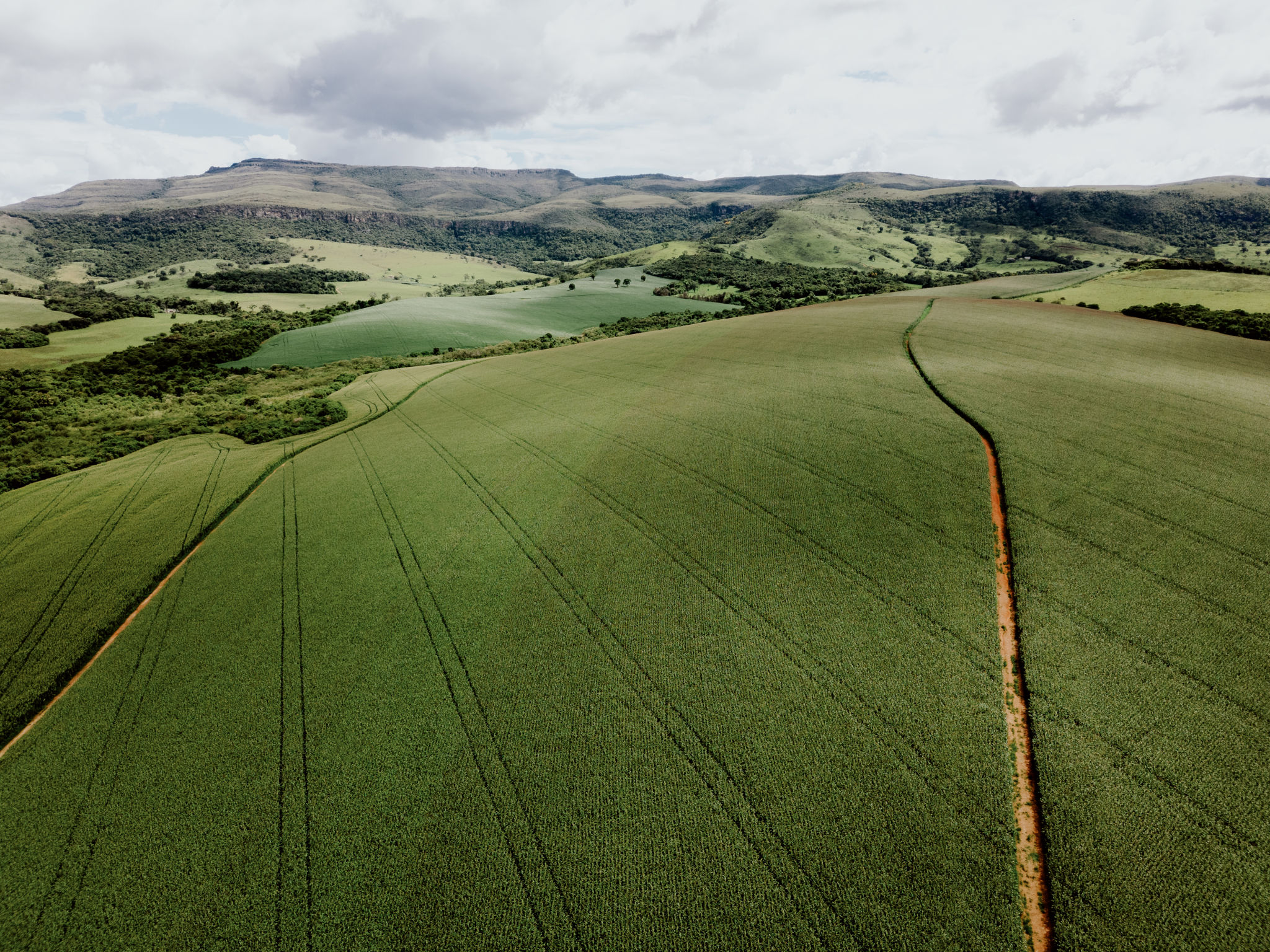The Ultimate Guide to Homestead Planning in Marion County: From Vision to Reality
Understanding the Basics of Homestead Planning
Planning your dream homestead in Marion County can be a rewarding journey, transforming your vision of self-sufficiency into a tangible reality. The process involves careful consideration and detailed planning to ensure success. From selecting the right land to understanding local zoning laws, each step is crucial. This guide will walk you through the key aspects of homestead planning to help you create a thriving and sustainable environment.

Choosing the Right Land
The foundation of any successful homestead is the land itself. When choosing land in Marion County, consider factors such as soil quality, water availability, and sunlight exposure. These elements are vital for growing crops and raising livestock. Additionally, the size of the property should align with your homesteading goals, whether you plan on small-scale farming or a larger agricultural operation.
It's also important to consider accessibility and proximity to local amenities. While rural living offers peace and tranquility, having access to essential services like schools, hospitals, and markets can greatly enhance your quality of life.

Navigating Zoning Laws and Regulations
Marion County, like many regions, has specific zoning laws that impact homesteading activities. Understanding these regulations is critical to avoid potential legal issues. Zoning laws dictate what can be built on your property, what animals can be raised, and what crops can be grown. It’s advisable to consult with local authorities or a legal expert familiar with Marion County's regulations before making any significant investments.
Consider joining local homesteading groups or forums to connect with other homesteaders who can offer valuable insights and advice on navigating these regulations effectively.

Designing Your Homestead Layout
Once you've chosen suitable land and understood the legal requirements, the next step is designing your homestead layout. A well-thought-out design maximizes efficiency and productivity. Consider where to place gardens, animal enclosures, water sources, and living spaces. Designate areas for composting and waste management to maintain sustainability.
Using permaculture principles can be beneficial in designing a layout that works harmoniously with the natural environment. This approach not only conserves resources but also enhances the ecological balance of your homestead.
Implementing Sustainable Practices
Sustainability is at the heart of successful homesteading. Implement practices such as rainwater harvesting, solar energy utilization, and crop rotation to reduce environmental impact and increase resilience. These practices not only contribute to the health of your homestead but also reduce long-term costs.

Additionally, consider integrating companion planting and natural pest control methods to enhance crop yields without relying on chemical pesticides.
Building Community Connections
A successful homestead thrives not just on its own resources but through a network of community connections. Engaging with local farmers' markets, participating in community-supported agriculture (CSA), and joining homesteading groups can provide support, knowledge exchange, and economic opportunities.
Building strong relationships with neighbors and local businesses can also lead to collaborative ventures and shared resources that benefit everyone involved.

Bringing Your Vision to Life
Transforming your homesteading vision into reality in Marion County requires dedication, research, and a willingness to adapt. By following these guidelines, you'll be well-equipped to create a sustainable homestead that meets your needs and contributes positively to the community.
Remember that homesteading is a journey of continuous learning and growth. Embrace each challenge as an opportunity to refine your skills and deepen your connection with the land.